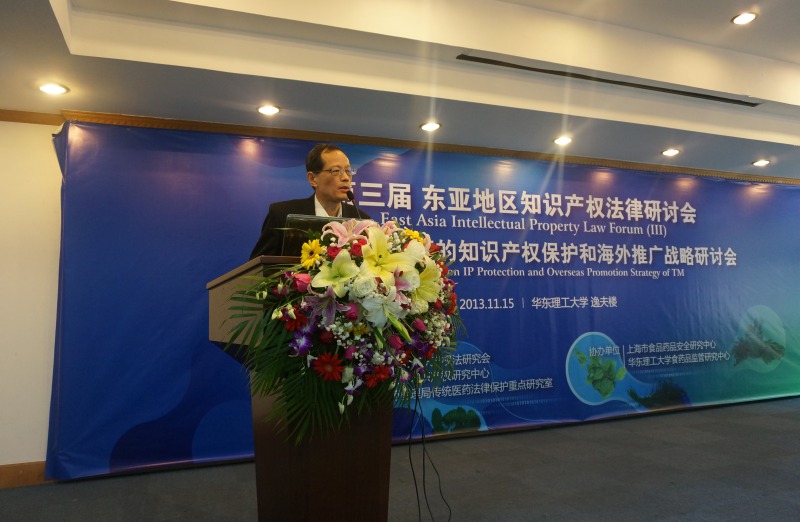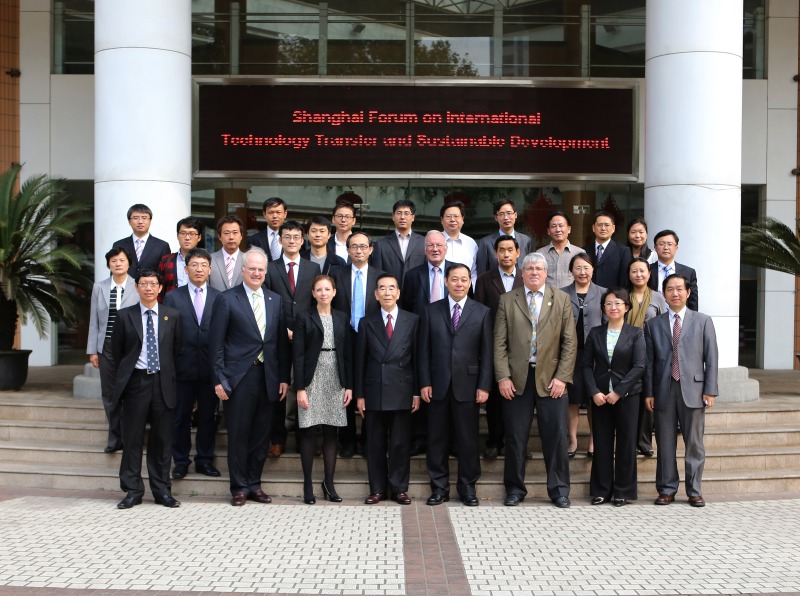Measures for the Protection of Intangible Cultural Heritage in Xining, Qinghai(2)
Chapter 3 The Inheritance and Utilization
(1) to master the performing arts, traditional crafts and production techniques of a certain intangible cultural heritage;
(2) to be recognized as representative projects or having greater impact in the industry and within a certain area;
(3) to actively carry out the inheritance activities.
Article 21 The representative inheritors who declare the representative projects at the county’s level should provide the following materials:
(1) the declaration form of the intangible cultural heritage representative inheritors;
(2) the personal learning time and practice experience;
(3) the personal order in the historical inheritance pedigree, and the different art characteristics among inheritors of the same generation and the same area;
(4) personal artistic achievements and related honors in the inheritance and development.
In addition to the materials provided in the preceding paragraph, the representative inheritors who want to declare municipal intangible cultural heritage projects should provide the naming documents for the county-level representative inheritors.
Article 22 Before confirming and naming the representative inheritors, the cultural administrative departments should publicize. The time of publicity shall not be less than twenty days. When the publicity time is expired, if there is no objection or objection is not successful, the departments shall identify and name, and submit to the superior departments for the record.
Article 23 The Representative Inheritors Enjoy the Following Rights:
(1) to carry out the activities of teaching, displaying and academic researching;
(2) to independently choose and cultivate inheritors according to the teachers choose culture heritage;
(3) to legally use the objects, places and materials of the representative projects;
(4) to legally obtain the subsidized funds of the representative inheritors;
(5) to apply the cultural administrative department of the same level for support when meet difficulties in carrying out the inheritance activities;
(6) to bring up opinions or suggestions for the protection of intangible cultural heritage;
(7) other rights related to the protection and preservation of intangible cultural heritage.
Article 24 The Representative Inheritors Fulfill the Following Obligations:
(1) to preserve and protect the knowledge and skills mastered, as well as the relevant original materials, objects and places;
(2) to actively carry outactivities such as display and dissemination;
(3) to cultivate new inheritors according to the form of apprentice learning or other ways;
(4) to participate in public-interest publicity of intangible cultural heritage;
(5) to coordinate with cultural administrative departments and other relevant departments to carry out investigations on intangible cultural heritage;
(6) other obligations relatedto the protection and preservation of intangible cultural heritage.
Article 25 The people’s governments in cities, counties (districts) can take the following measures to support the representative inheritors of the intangible cultural heritage projects to carry out inheritance and communication activities:
(1) to provide the necessary places for inheritance;
(2) to provide the necessary funding to carry out their apprentices, communication, communication and other activities;
(3) to support their participation in social public welfare activities;
(4) other measures to support them to carry out inheritance and communication activities.
Article 26 If representative inheritors of representative intangible cultural heritage projects cannot fulfill the obligations of inheritance or lose inheritance ability without justifiable reasons, the administrative department of culture in the cities and counties (districts) can be cancelled the qualification of the representative inheritors after verification and re-identified the qualification.
Article 27 The public cultural institutions, such as libraries, cultural centers (stations), museums, art museums, science museums, and intangible cultural heritage academic research institutions, protection institutions, institutions of higher learning and the performing arts groups, venues operating units which use fiscal funds to hold activities, should actively carry out the arrangements, researches, trainings of special talents, academic exchanges and the publicity and display of intangible cultural heritage projects.
Article 28 The people’s governments in the cities and counties (districts) should make use of existing venues to set up special areas of new public cultural facilities, or according to the needs to set up new special public cultural facilities and intangible cultural heritage exhibition halls and bring it into the network construction of public cultural facilities for collection, display and dissemination of intangible cultural heritage representative projects.
Article 29 To encourage and support citizens, legal persons and other organizations to establish intangible cultural heritage exhibition and inheritance sites in accordance with the law, and to exhibit and inherit the representative projects of intangible cultural heritage.
Article 30 The people’s governments in the cities and counties (districts) encourage to adopt the combination of economy and trade and tourism to make rational exploitation and utilization of intangible cultural heritage. To support citizens, legal persons and other organizations to transform intangible cultural heritage and resources into cultural products and services through financing, cooperation and stock sharing.
If cultural products or cultural services in the name of representative projects of intangible cultural heritage, it should use the traditional process and core skills of the project.
Article 31 The development and utilization of intangible cultural heritage should respect and maintain the authenticity of its traditional cultural connotations, traditional processes and core skills, and maintain its original cultural styles.
The changes of the traditional cultural connotations, the traditional processes and the core skills should not propagandize, popularize and sell in the name of the intangible cultural heritage projects.
Article 32 The one that does not have the qualification of the protection unit or the representative inheritor of the representative projects is not allowed to carry out the inheritance and dissemination activities in the name of the protection unit or the representative inheritor.
The protection units and the representative inheritors of the representative projects should not carry out the inheritance and dissemination activities in the name of disqualification.
Article 33 As for the performing arts, traditional crafts and production techniques, which are included in the list of representative intangible cultural heritage representative projects, if they belong to state secrets and business secrets, they should be carried out in accordance with relevant laws and regulations. The imparting, using and transferring of the intangible cultural heritage projects which are included in the scope of secrecy shall be carried out in accordance with the ways and means stipulated in the laws and regulations.
Chapter 4 The Protection and Management
Article 34 The intangible cultural heritage projects shall be protected and preserved by the cultural administrative departments at the sites of the projects.
Article 35 The people’s governments in the cities and counties (districts) should make clear the protection units and carry out there sponsibility for the protection of the projects included in the list of the representative projects of intangible cultural heritage.
The protection units shall fulfill the protection obligation according to the protection plans and measures put forward by the project declaration and report the implementation of the protection plans to the cultural administrative departments at the sites of the projects.
Article 36 This city protects the intangible cultural heritage according to the classified lists and the requirements of the protection plans.
The key protection should be carried out on national and provincial representative projects. The cultural administrative departments and the relevant protection units shall compile special plans; the protection units shall set up special display places or museums.
Article 37 The cultural administrative departments in the cities and counties (districts) should be based on the attributes, characteristics and existing situation of intangible cultural heritage, and implement classified protection and regional overall protection through memory protection, rescue protection, productive protection and other ways.
Article 38 The representative projects that have disappeared inheritors or disappeared basically should be included in the directory of memory protection and implemented the memory protection.
The cultural administrative departments in the cities and counties (districts) should organize relevant units to carry out investigation, collect relevant data and objects such as words, pictures, audio visual materials, and create archives and databases on projects included in the list of memory protection.
Article 39 The projects that are on the brink of disappearance and difficulties in living inheritance should be included in the list of endangered projects. The cultural administrative departments should take measures to carry out emergency protection.
Article 40 As for the projects with commercial values and market prospects, the people’s governments and relevant departments should support and guide them, implement productive protection, and make the cores kills to be inherited in the production practice.
next:Measures for the Protection of Intangible Cultural Heritage in Xining, Qinghai(3)


